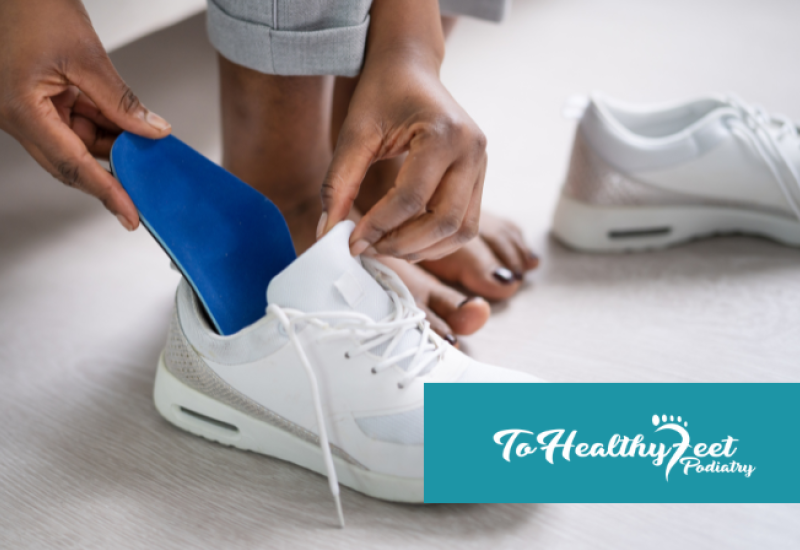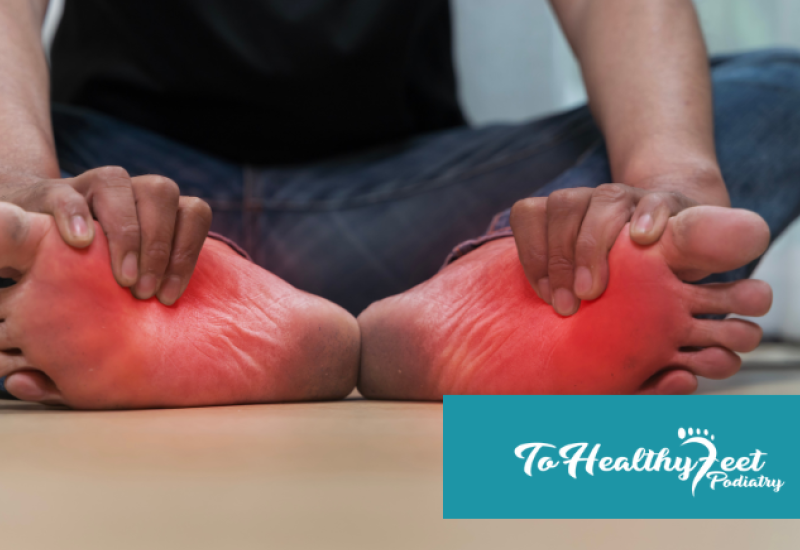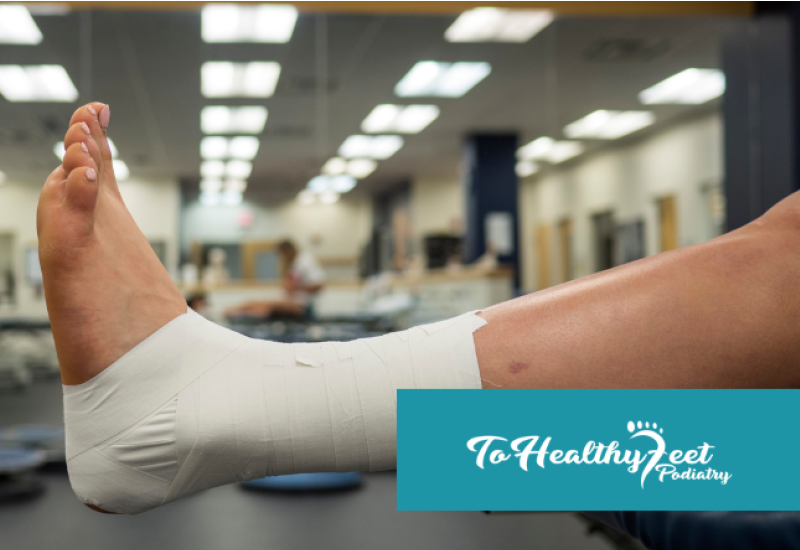Foot Conditions That Can Be Treated By Orthotics
Orthotics are excellent at treating minor foot abnormalities and preventing them from causing more severe complications. Consider looking into custom orthotics prescribed by a podiatrist if you are experiencing any of the following foot conditions:
Flat feet: This condition is characterized by the lack of arch in the sole of the foot. While sometimes harmless, flat feet can cause leg pain and joint problems and make your foot more susceptible to injury.
Orthotics are a long-term solution to help limit the effects of flat feet. By serving as a makeshift arch or a shock absorber, the custom shoe insert can reduce the pain in your foot, improve your posture, and redistribute your weight more evenly. Many patients with flat feet can even do sports and other intense physical activities more easily with the assistance of orthotics.
Hammertoes: A hammertoe is the general term to describe an abnormal buckling of the toe due to a dislocated joint. Hammertoes can be problematic as the deformed toe constantly rubs against the sole of your shoe. This friction causes the skin in the area to become thicker, creating a corn. If left untreated, a corn may lead to bursitis.
If you notice one of your toes is starting to contract at the joint, adding a custom insert in your shoe may halt the progression of the hammertoe. An orthotic device specifically designed to treat hammertoe exerts a straightening force on your toe, preventing the condition from getting worse.
Bunions: A bunion is a protruding bony bump at the base of the big toe or the little toe. Bunions can cause pain and decrease the movement of your affected toe. Bunions may also cause bursitis and increase your susceptibility to hammertoe.
Orthotics can significantly slow down the progression of bunions by alleviating the pressure that immobilizes the so-called “MTP” joint in your foot. This helps restore the motion of your MTP joint, stopping the bunion from getting worse.
Plantar fasciitis: Plantar fasciitis is one of the most common causes of heel pain, characterized by the inflammation of a band of tissue that runs along the bottom of your foot. This condition can cause sharp pain and may result in long-lasting foot, knee, hip, or back problems.
Orthotics for plantar fasciitis provides a tight fit to your arch to decrease the tension on the inflamed band of tissue, allowing it to recover.
Achilles tendinitis: This condition entails an injury of the tendon that connects your calf muscles to your heel bone. Achilles tendinitis is painful and can result in a tear that could require surgical intervention.
Custom orthotics for Achilles tendinitis can isolate your tendon from pressure by keeping them at a raised position at all times. This allows your tendon to heal undisturbed.
Your NYC Orthotic Solutions
Your Manhattan podiatrist is likely to prescribe a custom orthotic device as a first resort to treat a biomechanical foot condition. Whether by providing additional support to your foot or by alleviating pressure in a pain point, orthotics can prevent your condition from getting worse or hasten the recovery process. Note, however, that orthotics are considered conservative treatment; severe foot complications may require your foot doctor to look into more invasive procedures, such as surgery.
To Healthy Feet Podiatry is a top choice for all your orthotic needs in Manhattan. Our NYC podiatrists have the latest technology to obtain an exact 3D impression of your foot and reproduce a custom shoe insert that fits to a tee. Call us at 917-398-3668 or fill out the online contact form to schedule your appointment with a foot doctor today.
FAQs
Q: Can orthotics treat other foot conditions?
A: Yes. Orthotics are also used to treat foot ulcers, foot deformities, foot or ankle injuries, arthritis, and Morton’s neuroma
Q: Are custom orthotics covered by my insurance plan?
A: This depends on your insurance plan. Call your insurance company to confirm.
Q: How long does it take for my custom orthotics to get ready?
A: Your custom orthotics will take 3 to 4 weeks to get ready.




